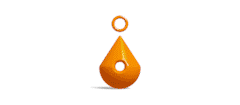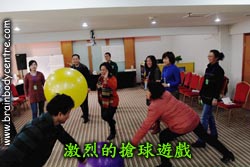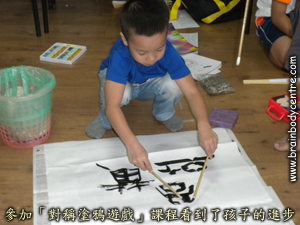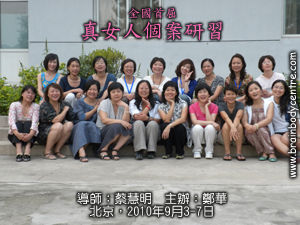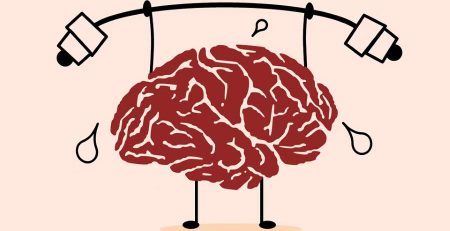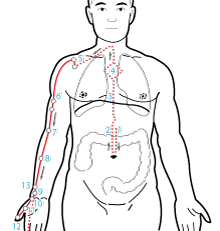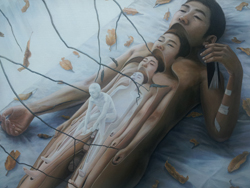The Charm of Balancing
Chen Yanbing (Shenzhen, China)
Dec. 26, 2012
The winter of Central China had not caught me, a Southerner, by surprise. Instead, because of “balancing” (Editor’s Note: a process used to change the status quo and to promote personal growth in Kinesiology), the sub-zero temperatures of this snowing winter was not too cold.
I have been studying Kinesiology for quite a few years, and this was the first time I got to observe Mr. Conrad Ho doing a casework course for a group of students without any background exposure to Kinesiology as a teaching assistant. My heart was filled with anticipation but also a trace of worry. To me, Kinesiology is very gentle; it follows the pace of the client and does not push the client to make any changes. Instead, it continuously gives feedbacks, so that the client may have an awareness and make the decision to change. This requires the client to have a certain ability to be aware, or else he or she may only feel that his or her muscles have gotten stronger after balancing, but does not notice anything else. This was what I was worried about: that these students without any foundation would lack awareness and could not see the effects of balancing.
However, after the five days of “Qinesiology Casework” course in Zhengzhou, I was again deeply impressed by what Kinesiology can offer and Conrad’s profound skills. In the process of the course, I could truly see that everything is a resource, surpassing the so-called positive and negative energies. Everything can be nourishment. It only depends on how you view and use it.
In one of the cases, the balancing goal of the client was to be relaxed and happy. Conrad asked her what it meant to be relaxed. She replied that being relaxed was equal to having no stress. This answer indicated that the client only had the feeling of being stressed and had not experienced feeling relaxed before. When asked further how she would know if she was happy, the client fell silent for a while before saying that she had not had a good laugh in a long time. The client desired to have relaxation and happiness in her life, yet her body did not have the experience of being relaxed and happy, and so naturally she could not be that way. At this time, a surprising learning experience began for me. Through muscle-checking, Conrad found quite some muscles of the client’s body that had an unlocked response. Similarly, he found out which students had the same unlocked muscles. Then, he asked them to come and hold the corresponding locations on the client’s body. After a while, the client’s originally-unlocked muscles turned out a locked response, and the same happened to those students who came forward to help. Everyone were amazed. I truly understood at this time how to operationalize the principle of “everything is a resource”. I experienced the meaning of 1+1>2.
The process of balancing is also a process of partnership, during which the facilitator continuously gives feedbacks to the client, giving him enough space and allowing him to see his own mode, nurture his awareness, and feel with all his senses, so that he does not just know in his mind, but also understand in his body and realize in his spirit. When a client makes the decision to change by oneself, a series of wonderful changes begin. One of the students had been suffering from an old problem of a slip of disk. When she came in on the first day, she could not stand straight. She already felt better by the afternoon. After her case on the fourth day, she could actually play an competitive ball game with everyone else. She said in astonishment that it was miraculous that her waist had stopped hurting and she felt much happier. Actually, it was not a miracle. The client saw her own unbalanced condition and had made the decision to change; she had returned to an equilibrium point and her life became smoother, so naturally she was happy.
It is this gentleness, this seeming inaction, that bring out the colours in life.
